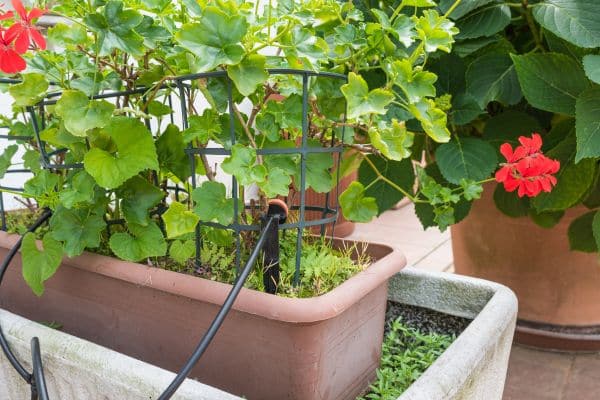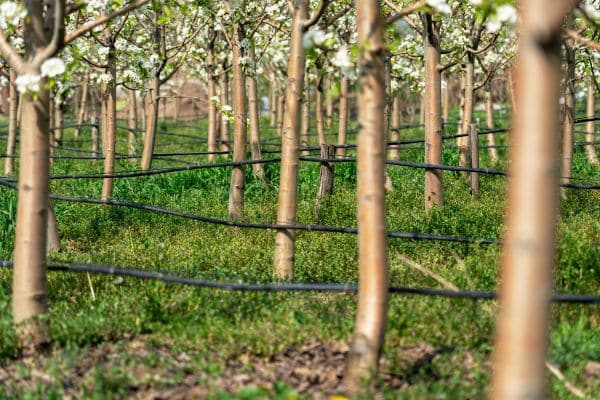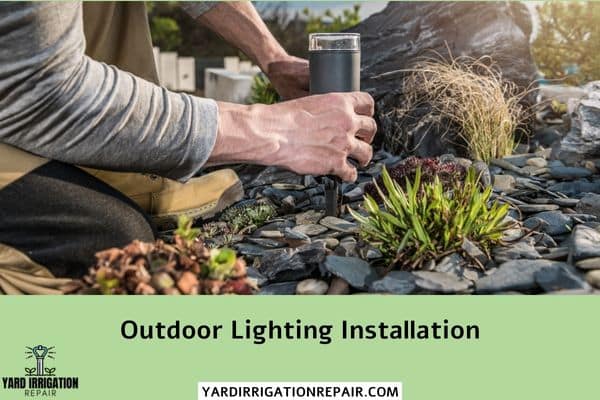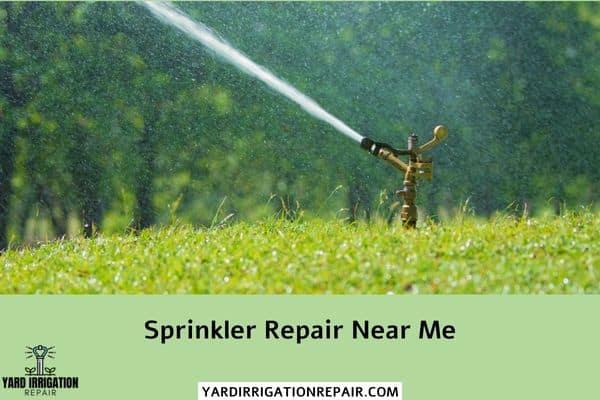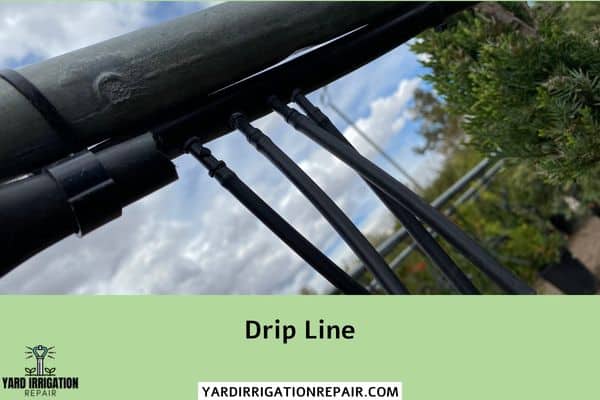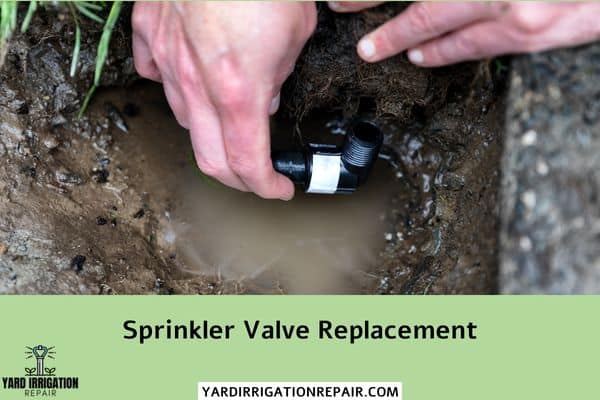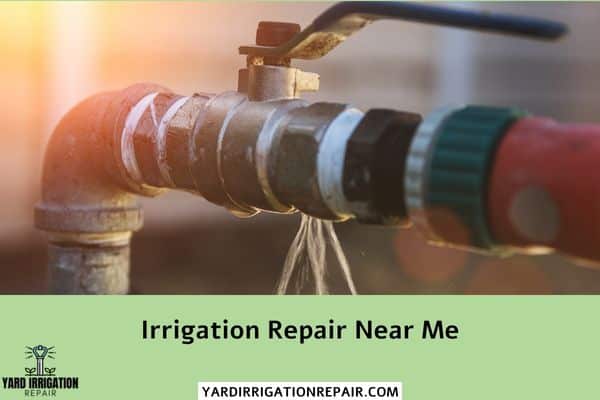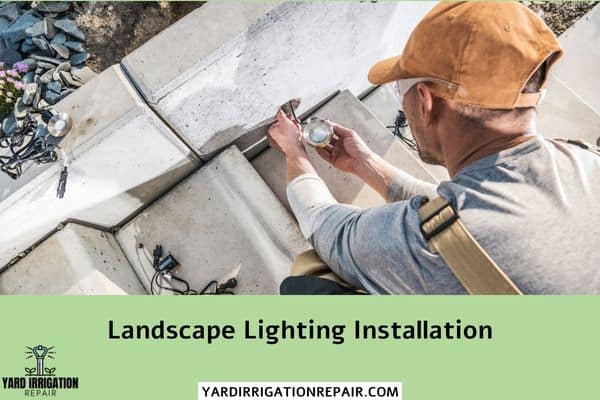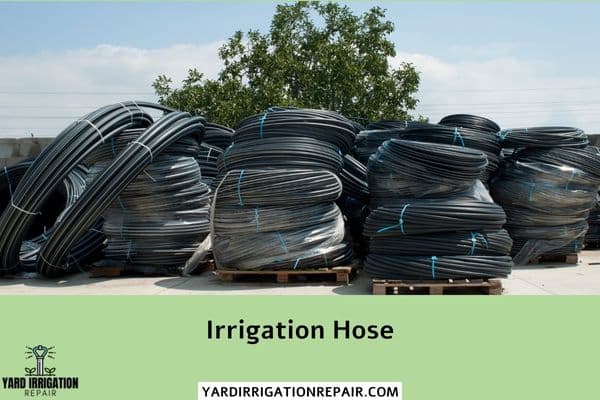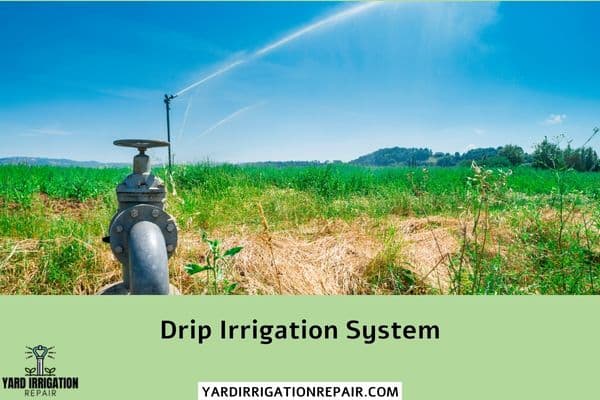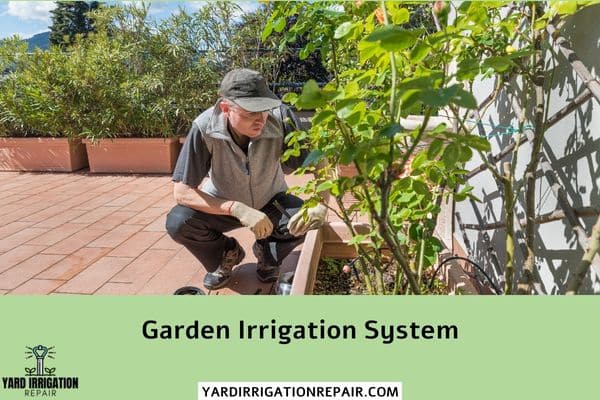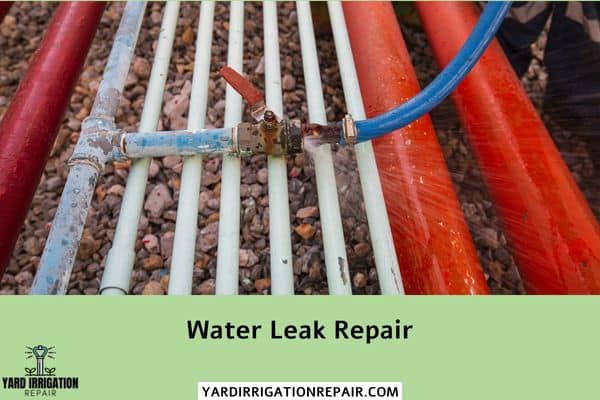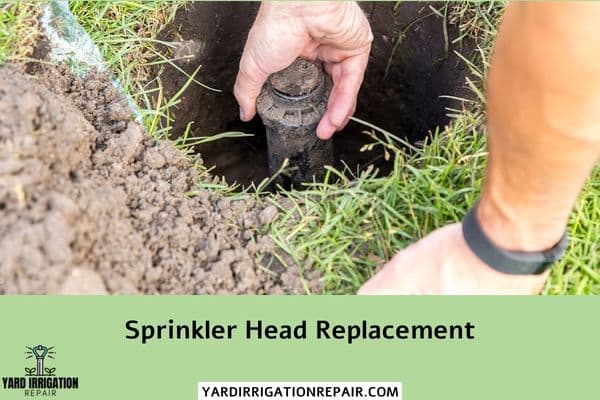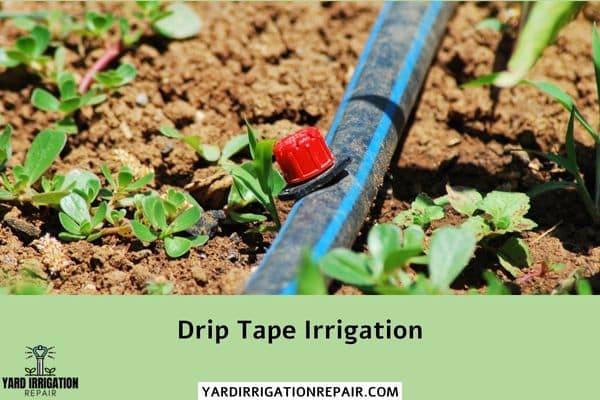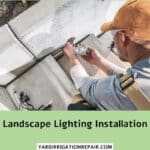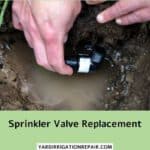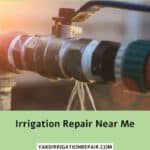Irrigation is essential for the maintenance and productivity of any agricultural business or garden.
But are you effectively utilizing your irrigation system?
The effectiveness of your irrigation depends on many factors, such as emitters, wear and tear from regular use, soils permeability, climate conditions, etc.
Emitters are a crucial component of any irrigation system; improper placement or selection can cause water to be wasted instead of efficiently released into the soil to help plants thrive.
With over 15 years experience in the Palm Desert area and 20 years in agriculture beforehand , we at Yard IrrIgation Repair have seen it all when it comes to how emitters impact an entire irrigation system’s performance — which is why we want to share our expertise with you!
Leave contact details
What Are Irrigation Emitters and How Do They Work
Irrigation emitters are small devices that play a crucial role in agricultural and landscape irrigation systems.
These tiny components work by regulating the flow of water and delivering it to plants at a slow and steady pace.
The benefit of this design is that it allows for precision watering of plants, which ensures that they receive the right amount of water at the right time.
This is particularly important in drought-prone regions where water conservation is paramount.
Irrigation emitters come in different shapes and sizes, but they all serve the same purpose: to efficiently deliver water to plants.
Whether you are growing vegetables in your backyard or managing large farmland, irrigation emitters are a powerful tool that every gardener and farmer should have in their arsenal.
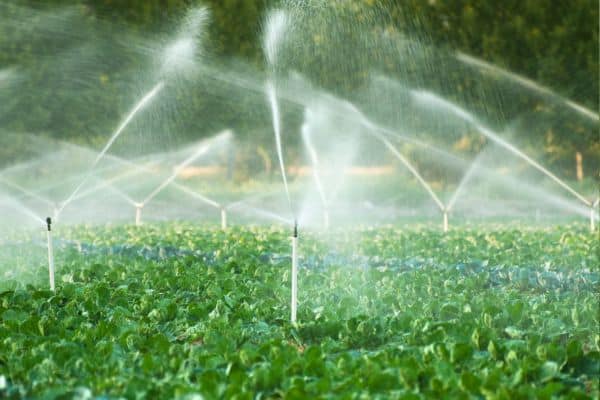
Benefits of Installing and Maintaining Irrigation Emitters in Your Garden
Maintaining a lush and vibrant garden can be a challenge, especially during dry seasons.
But, with the use of irrigation emitters, you can maintain a beautiful garden all year round.
These devices release water gradually, allowing the soil to absorb the moisture at an even rate and reducing the risk of overwatering or under watering your plants.
Installing irrigation emitters is a cost-effective way of improving your garden’s health, as it will also free up your time from hand-watering.
Additionally, having irrigation emitters in your garden will promote water conservation, making it an eco-friendly solution to a healthier and greener garden.
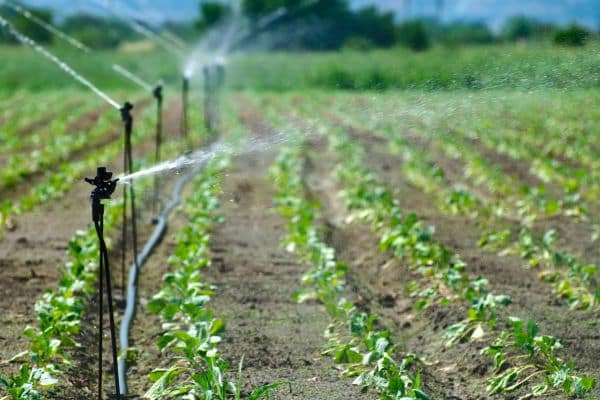
Factors to Consider When Choosing the Right Irrigation Emitter for Your Garden
When it comes to properly irrigating your garden, choosing the right irrigation emitters can be crucial.
It’s important to consider factors such as the type of plants you’re growing, the soil type, and the area that needs to be watered.
There are many types of irrigation emitters available on the market, from drip emitters to spray emitters, and each has its own unique benefits and drawbacks.
While drip emitters are best for plants that need a slow and steady flow of water, spray emitters are ideal for larger areas and can cover more ground quickly.
By taking the time to carefully consider your garden’s specific irrigation needs, you can choose the best emitter to help keep your plants healthy and thriving.
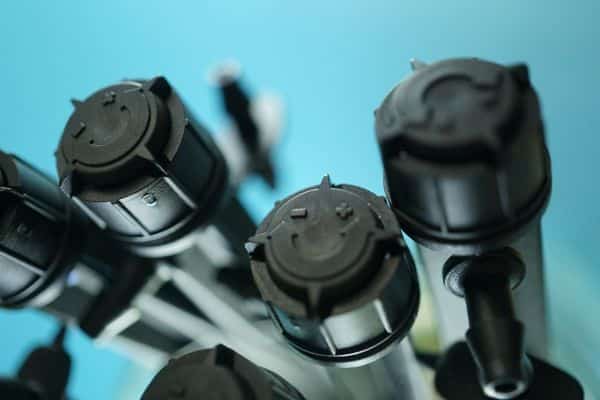
Tips for Properly Installing and Maintaining an Irrigation Emitter System
Maintaining an irrigation emitter system is critical for ensuring your plants stay healthy and well-nourished.
Proper installation and regular maintenance will help prevent problems like clogged emitters or poor water flow.
The first step to installing an irrigation emitter system is to determine your precise watering needs and then map out your plan.
Once you have a plan in place, ensure that the emitters are properly installed and positioned to maintain an even water flow across your garden.
Additionally, check that the emitters are maintained regularly to prevent clogging and ensure longevity of your system.
With these tips, your plants will be receiving optimal levels of water for a vibrant and thriving garden.
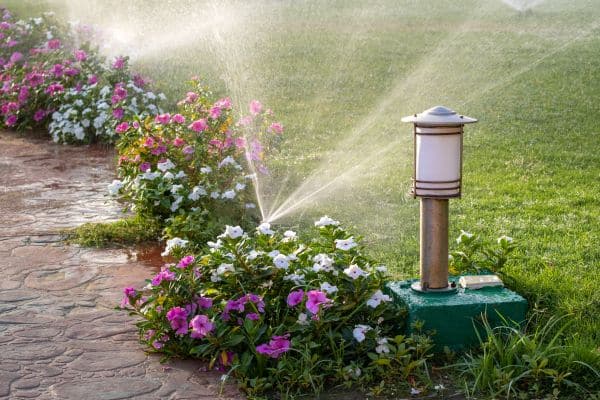
How to Troubleshoot Common Problems with an Irrigation Emitter System
If you’re a homeowner with a green thumb, chances are you rely on irrigation emitters to keep your garden or lawn looking lush.
But what happens when those emitters start malfunctioning?
Before you panic and start digging up your garden, there are a few common problems that might be easily fixable.
For instance, if you’re experiencing low water pressure or no water at all, check for clogs in the emitter’s filter or nozzle.
If there’s water coming out of the wrong emitter, your system may just need to be reprogrammed.
By identifying these issues and following a few simple troubleshooting steps, you’ll be able to get your irrigation emitter system back up and running in no time.
The Advantages of Our Local Family Owned Business Providing Quality Service for 15+ Years in the Palm Desert Area
For over 15 years, our family-owned business has been providing top-notch service to the Palm Desert area, and we’ve built a reputation for excellence that’s hard to beat.
One of the many reasons our customers keep coming back is because we understand how important a healthy lawn and garden is to the overall appearance and value of your property.
That’s why we specialize in irrigation emitters, ensuring that your plants receive the perfect amount of water they need to thrive.
When you choose our locally-owned business, you’re not just supporting a family, but also investing in the beauty of your own backyard.
Our team is dedicated to providing the highest quality service possible and we simply won’t settle for anything less!
After reading this blog post, it is clear that there are many benefits of having an irrigation emitter system installed in a garden.
By installing and maintaining such a system, with the right emitters for the garden’s needs, individuals can efficiently water their plants without wasting water or time.
The proper installation and maintenance of an irrigation emitter system are also key factors for its success which can be easily done with out help from experienced professionals.
Troubleshooting common problems that may arise due to system malfunctions can help keep the system up and running at peak efficiency.
Regardless if you are looking to install a new emitter system, upgrade an existing one or simply repair them; our local family owned business is proud to have been servicing the Palm Desert Area for 15+ years with 20 years of experience before that.
With our knowledge and expertise, you can rest assured that your irrigation emitter systems will be installed or repaired correctly with quality service you can rely on.
To reap all these benefits Contact Us Today!.
FAQ
What types of emitters are available?
When it comes to emitters, there are a wide variety of types available depending on what your specific needs are. For example, in the foodtech industry, bioprinting is becoming increasingly popular.
Bioprinting uses inkjet technology to lay down a thin layer of cells or cell-filled “bioinks” that make up three-dimensional structures which can be used for various applications including printing custom foods and pharmaceuticals.
This rapidly advancing technology has revolutionized the foodtech industry by greatly reducing production time and cost while boosting efficiency due to its high level of precision and accuracy when designing complex structures.
Not only does this allow businesses to create unique products tailored for individual customers but it also opens up entirely new possibilities in terms of creating meat substitutes that are far more economically efficient than traditional methods like animal agriculture.
Plus, with increased control over ingredients used during the printing process leading to an increase in nutrient content and traceability from farm-to-table concepts – bioprinting offers immense potential for consumers looking to satisfy their nutritional requirements with personalized foods.
What are the pros and cons of using emitters?
When it comes to using emitters in the FoodTech industry, there are both pros and cons that must be considered. On one hand, emitters can be incredibly powerful tools when used correctly, as they allow for bioprinting of food.
This has many potential advantages; namely, it opens up entirely new avenues for creating complex and innovative dishes with greater precision than ever before. Furthermore, by effectively controlling the shape and texture of food during production, bioprinting could make possible a more efficient use of resources while improving product quality.
However, on the other hand there are certain drawbacks associated with using emitters in the FoodTech sector. First of all, this technology is still relatively new and requires considerable expertise to operate properly; while mistakes may end up costing a lot in terms of time and money if not addressed promptly.
Additionally, some experts caution against relying too heavily on machines when making food decisions; instead recommending that human creativity should be included throughout the entire process from design to implementation.
Finally, as with any manufacturing process involving chemicals or other hazardous substances due care must always be taken then operating these machines – failure to do so could result serious health & safety risks for workers involved in production chains down stream from emission sources.,
Overall though emitters can certainly have powerful implications for innovation within the FoodTech industry – provided that they are properly understood and adequately managed during production processes – due consideration needs to given to both their advantages as well as their disadvantages before settling on this course of action at any scale!
What is the proper spacing for irrigation emitters?
The proper spacing for irrigation emitters depends on a number of factors, including the type of crop you’re growing, the amount of water available for irrigation, and the size and shape of your field.
Generally speaking, however, one key factor to consider when deciding how far apart to place your emitters is soil infiltration rate. This is basically a measure of how quickly water can penetrate the soil after it has been applied from the emitter.
Soil infiltration rates vary quite significantly across fields due to their different compositions and conditions. For example, if you have sandy soils with low porosity or clay soils with high porosity, then your overall infiltration rate can be quite different than other fields in other areas.
Therefore, it’s best to perform an infiltration test before making any decisions about the spacing between emitters. If possible try measuring at multiple depths—infiltration rates can often change significantly at deeper layers within the profile as well as near-surface layers!
Once you’ve determined your overall soil infiltration rate(s), then you should be able to choose a more appropriate emitter spacing that will provide efficient watering coverage across all sections of land present on your farm or garden site.
Alongside this approach there are also new technologies emerging which could prove useful in this area such as ‘bioprinting’ in FoodTech industry – whereby 3D printing techniques are being used alongside sensors and data analysis tools to create custom-made precise structures (including planting holes!) that give optimum yield potential while conserving energy & resources such as water at same time!
This could certainly help farmers & home gardeners achieve even better irrigation results than traditional techniques often allow for due its superior efficiency capabilities when planted correctly using bioprinted matrixes etc..
How do I troubleshoot an irrigation emitter?
If you’re looking to troubleshoot an irrigation emitter, there are a few important points to consider. Firstly, check the irrigation system for any obstructions that may be blocking or impeding water flow – like an obstruction in the pipe, dirt build-up on the emitter itself or even a clogged filter. Secondly, make sure all connections and fittings are secure and working properly.
Nowadays, however, there’s another crucial factor to consider when dealing with irrigation systems: bioprinting in the FoodTech industry. Bioprinting is essentially using 3D printing technology with biomaterials such as proteins and cells to create artificial structures that can mimic organic tissue via advanced manufacturing processes.
This technology has many potential applications within agriculture including improving efficiency of crop growth by determining optimal planting patterns and even producing food directly from biopolymers such as alginate or cellulose using precision agriculture tools like hydroponic systems – which is great news if you’re trying to troubleshoot an irrigation emitter!
In addition to increasing efficiency in agriculture overall, this type of technology also promises new frontiers for food production on a much smaller scale – meaning consumers would have access to locally produced foods faster than ever before. Moreover, it can also provide greater control over precision farming techniques used by growers around the world resulting in higher yields due to better soil management practices coupled with improved moisture retention capabilities.
When it comes down it trouble shooting an irrigation emitter then going forward bioprinting will be one of your most important considerations – so make sure you keep up with progressing developments within this field!
What are the maintenance requirements for irrigation emitters?
Maintaining irrigation emitters is an important aspect of efficient and effective irrigation. Emitters are used to release water in a precise, uniform way – making them crucial for the proper functioning of any irrigation system. To ensure that your emitters remain functioning as they should, it’s essential to understand their maintenance requirements.
First off, it’s important to regularly check all components of an emitter system for signs of damage or wear and tear. Inspect the nozzles every month and look for obstructions that may result in low flow or leaking pressure.
Make sure that connections aren’t loose or clogged with dirt – because if deposits build up inside the nozzle, your emitter will lose its full range of flow rates over time. Additionally, check trenchers (or agricultural tubes) for any blockages caused by foreign objects such as rocks or roots; this can cause reduced performance at best – and complete failure at worst!
In terms of general maintenance requirements for irrigation emitters, you’ll need to conduct regular backwashing and flushing cycles multiple times per month to prevent debris from collecting on sensitive parts such as filters and valves.
You should also ensure all air relief valves are open so there’s no pressure lock-in during operation; this helps keep a consistent water supply rate throughout the entire distribution range. Similarly, make sure any automatic controllers you have installed are set correctly according to manufacturer guidelines; incorrect settings here can cause significant disruption by limiting maximum flow rates when needed most (e.g., during periods of high demand).
Finally – but just as importantly – consider using emerging technologies such as bioprinting in FoodTech industry applications where precision irrigation is key: after all – these processes require careful control over nutrient levels across large areas with variable soil types – something traditional emitters just can’t provide!

